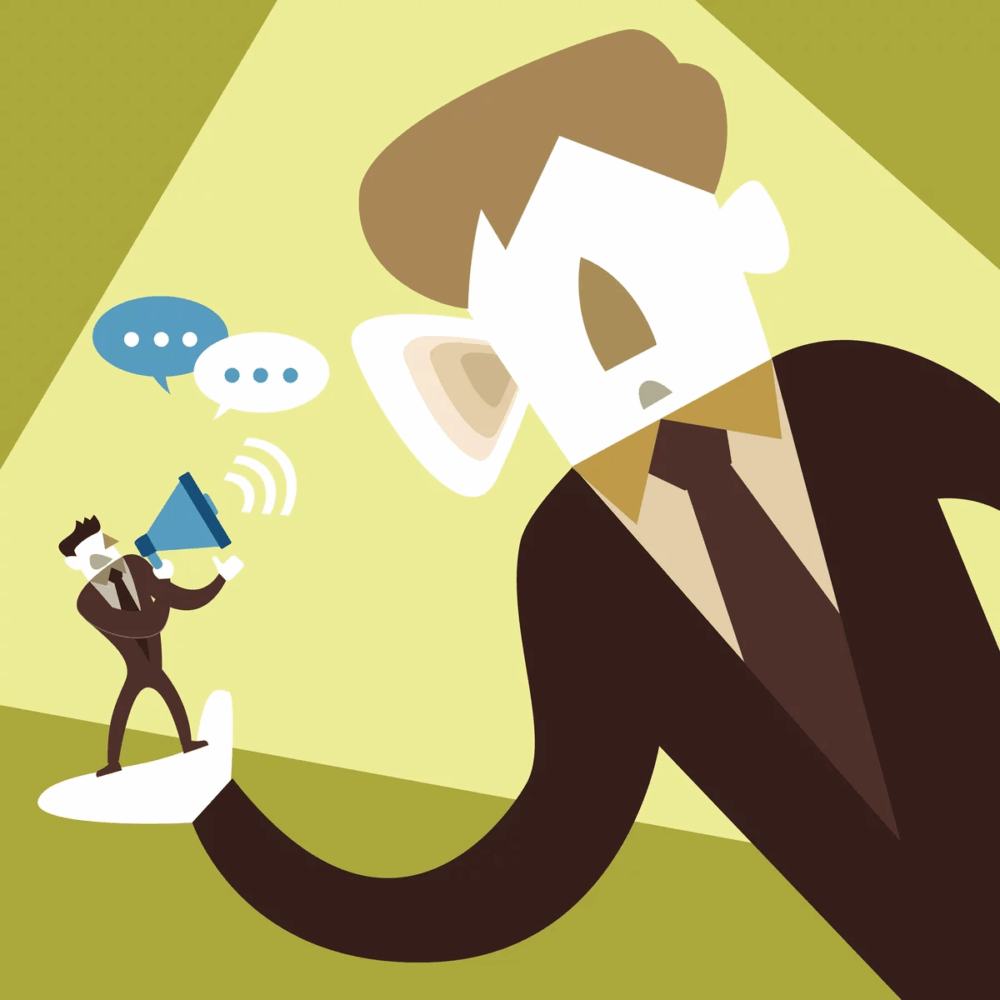How to Learn to Listen and Truly Hear Others
Listening is a key skill in any communication, whether personal or professional. But how can you not only listen, but truly hear what others are saying? Understanding the different types and techniques of listening can help you become a better communicator and build stronger relationships.
Types and Techniques of Listening
There are several main types of listening:
- Non-reflective (Passive) Listening
- Reflective (Active) Listening
- Empathic Listening
Non-reflective (Passive) Listening
This is the ability to listen attentively without interrupting or adding your own comments. Passive listening is especially useful when the speaker is expressing strong emotions like anger or grief, is eager to share their point of view, or wants to discuss pressing issues. Responses should be minimal, such as “Yes,” “Go on,” or “Interesting.” In both business and personal conversations, it’s important to balance passive and active listening.
Reflective (Active) Listening
Active listening involves decoding the meaning of messages. Reflective responses help clarify the real meaning of what’s being said. These include:
- Clarification: Asking the speaker to clarify their message using phrases like “I didn’t understand,” “What do you mean?” or “Could you please clarify?”
- Paraphrasing: Restating the speaker’s message in your own words to check for accuracy. For example: “As I understand you…,” “You think that…,” or “In your opinion…”
- Reflecting Feelings: Focusing on the speaker’s emotional state with phrases like “You probably feel…,” or “You seem upset…”
- Summarizing: Summing up the main ideas and feelings, using phrases like “Your main points, as I understand them, are…” or “To sum up what you’ve said…” Summarizing is especially useful when discussing disagreements, at the end of a conversation, or after a lengthy discussion.
Common Listening Mistakes to Avoid
- Interrupting: Many people interrupt without realizing it. If you do interrupt, try to help the speaker get back on track.
- Jumping to Conclusions: This can make the speaker defensive and block constructive communication.
- Premature Objections: Often, people mentally prepare their rebuttal instead of listening, missing the fact that the speaker may actually agree with them.
- Unsolicited Advice: People who can’t offer real help often give advice. First, find out if the speaker wants to brainstorm together or is seeking specific help.
Active Listening Techniques
Active listening involves constantly checking your understanding of the information the speaker is trying to convey by asking clarifying questions like, “Did I understand you correctly that…?” or “So, you mean…” or “In other words, you meant…” These simple techniques help you achieve two goals:
- They provide effective feedback, giving your conversation partner the sense that their message has been understood.
- You indirectly show the speaker that you are an equal partner in the conversation, not someone to be lectured or dictated to. Taking an equal position means both parties are responsible for their words. This is especially important when dealing with authoritarian or dominant speakers, as it helps shift the conversation to a more balanced level.
Active listening is especially helpful if you tend to take a “victim” position in conversations. It not only disrupts the usual dynamic with an authoritarian speaker but also helps you focus on the key points of the conversation instead of your own worries or fears.
Active listening is invaluable in business negotiations, when your conversation partner is your equal or holds more power, and in conflict situations where the other person is aggressive or trying to assert dominance. It’s a great way to calm yourself and the other person, and to steer the conversation in a productive direction, especially if you feel tempted to escalate a conflict.
A common mistake when practicing active listening is following the rules mechanically without truly engaging with the content. For example, someone might ask, “Did I understand you correctly that…?” but then ignore the answer and continue pushing their own point of view. This approach is ineffective and leads to frustration with the technique.
Empathic Listening
Empathic listening means experiencing the feelings the speaker is going through, reflecting those feelings, understanding their emotional state, and sharing it. With empathic listening, you don’t give advice, judge, criticize, or lecture. This is the secret to being a good listener—one who brings relief to others and helps them discover new ways to understand themselves.



